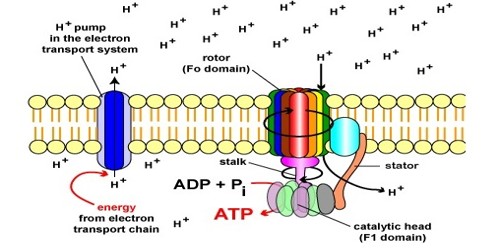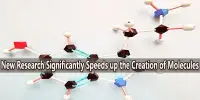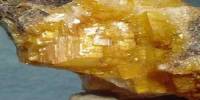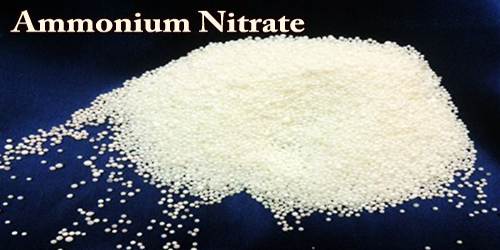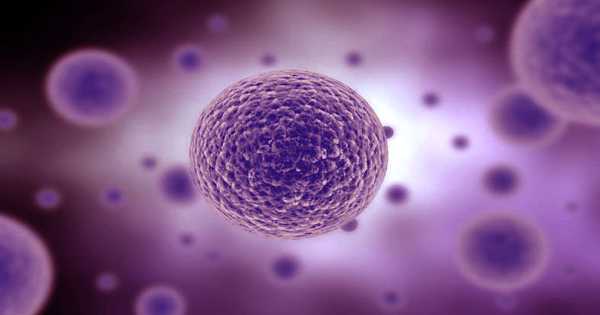Electron transfer chains (ETC) are the cellular mechanisms used for getting energy from sunlight in photosynthesis. It is the last component of aerobic respiration and is the only part of glucose metabolism that uses atmospheric oxygen. They also occur in redox reactions, such as the oxidation of sugars in cellular respiration. Electrons are passed from one member of the transport chain to another in a series of redox reactions.
The electron transport chain is present in multiple copies in the inner mitochondrial membrane of eukaryotes and the plasma membrane of prokaryotes. In aerobic respiration, each molecule of glucose leads to about 34 molecules of ATP being produced by the ETC. This is by far the most productive part of respiration. The common feature of all electron transport chains is the presence of a proton pump to create a proton gradient across a membrane.
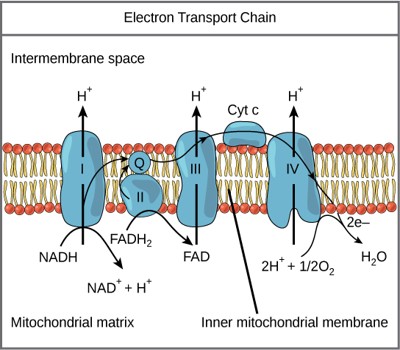
Background
The electron transport chain consists of a series of redox reactions in which electrons are transferred from a donor molecule to an acceptor molecule. It is a set of proteins and other organic molecules found in the inner membrane of mitochondria in eukaryotic cells and the plasma membrane of prokaryotic cells. The underlying force driving these reactions is the free energy (energy available to do work) of the reactants and products. In prokaryotes, the electron transport chain components are found in the plasma membrane. Any reaction that decreases the overall free energy of a system will happen.
It has two primary functions: it produces a proton gradient—storing energy that can be used to create ATP during chemiosmosis—and generates electron carriers, such as NAD+ and FAD, that are used in glycolysis and the citric acid cycle. ATP synthase is an enzyme found among all domains of life. It is powered by a transmembrane proton electrochemical gradient. This is the result of the series of redox reactions. What the electron transport chain does is produce this gradient. The free energy is used to drive ATP synthesis. ATP is used by the cell as the energy for metabolic processes for cellular functions.
